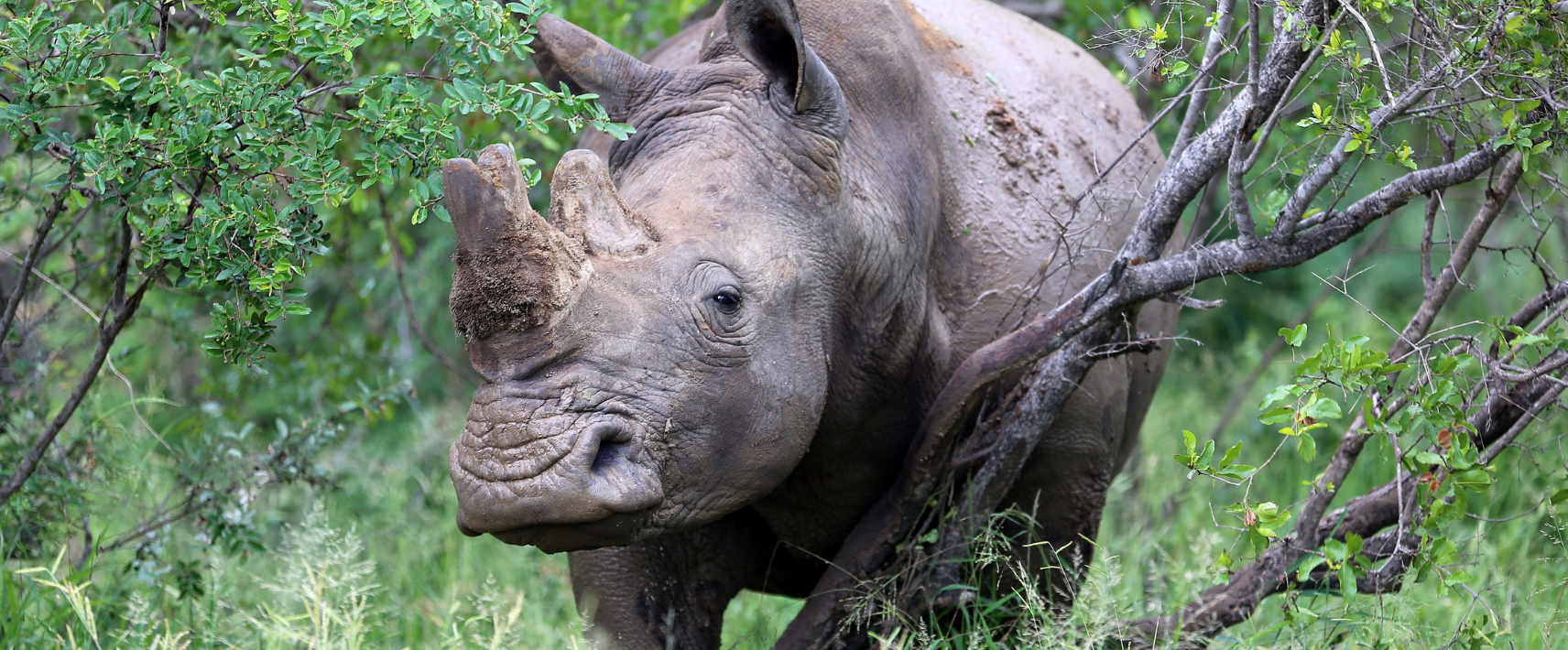One of the most important global meetings on wildlife trade has just wrapped up in Uzbekistan. It’s capital city Samarkand was where governments convened for the 20th Conference of the Parties (CoP20) to the Convention on International Trade in Endangered Species of Wild Fauna and Flora (CITES) to decide how international trade should be managed for some of the world’s most threatened...
One of the world’s greatest and most influential conservation biologists, Dr. Tom Lovejoy, sadly passed away at the age of 80 on Christmas morning, 2021, at his home in Virginia, USA. His passing is an enormous blow to conservation efforts around the globe, and particularly to the ongoing campaign to protect the diminishing tropical rainforests of the Amazon.
If the Earth and Nature needed a hard-hitter to save them from the worst ravages of human society, then Tom Lovejoy was at the top of a world league, an extraordinarily successful scientifically based advocate for the global environment.
Tom will be particularly remembered as the person who (with his friend and colleague Professor E.O. Wilson – who also passed away the day after Tom) first coined the phrase “biological diversity” in 1980, to better describe the planet’s natural heritage, and also for publishing the first global estimates of the increasing rate of species extinctions, which he predicted could be between 10 and 20% by the year 2020. He was the conservation biologist who in 1983 developed the concept of `debt for nature swaps’, where a portion of a nation’s foreign debt can be forgiven in exchange for practical investments in local conservation programs. This program concept is believed to have raised vast amounts of conservation monies over proceeding decades.
Tom was also one of the pioneer biologists who helped alert the world to the imminent threat of climate change and the essential link between it and the conservation of biological diversity, and a leader in explaining to the world those linkages.
He will best be remembered perhaps for his 50 years of ground-breaking scientific work and advocacy for the protection of Brazilian Amazonian rainforests. As his long-term friend and close conservation colleague Dr. Russ Mittermeier recently noted, “My Brazilian colleagues and I will always remember him as the person who really put Brazil, Amazonia, and eventually all of South America on the international conservation map”.
In 1978, Tom established the Minimum Critical Size of Ecosystems Project (later the Biological Dynamics of Forest Fragmentations Project), which he had proposed to test `The Theory of Island Biogeography’, published ten years earlier by E. O. Wilson and Robert H. MacArthur. Set up in the Brazilian State of Amazonas, Mittermeier also noted that, “…..this project became the largest natural ecological experiment in history and changed the way we look at forest dynamics and especially fragmentation”. This work was epitomised by Tom’s special Camp 41, where he took hundreds of law makers and celebrities to educate and convince them of the threats to the Amazon, and the need for world-wide action to protect biodiversity and fight climate change.
But it is simply impossible to comprehend the enormous and positive influence that Tom Lovejoy has had on governments, major government and non-government institutions around the world in taking strong conservation directions. Tom was an advisor to the highest offices, including Presidents Jimmy Carter, Ronald Reagan, George H. W. Bush and Bill Clinton, and to the most powerful institutions, covering a number of World Bank Presidents, the Inter-American Development Bank, the Global Environment Facility, the United States State Department, the American Academy of Arts and Sciences, the US National Academy of Sciences, the American Institute of Biological Sciences, the Society for Conservation Biology and more.
Tom sat on dozens of major NGO boards and was particularly associated with the World Wildlife Fund US, the Smithsonian Institution (for whom he worked in the early years) the United Nations Foundation, the World Conservation Union, the IUCN Species Survival Commission, the Heinz Centre for Science, Economics and the Environment, the Amazon Conservation Team, the Amazon Conservation Association and the Amazon Biodiversity Centre, to name but a few.
But Tom was also a great friend of the Australian environment, and of Humane Society International Australia. He visited many times at the invitation of both governments and NGOs, and his scientific reputation gave him access to a number federal environment ministers and Prime Ministers offices. He helped successfully influence the development and implementation of national biodiversity policy and law, made public the linkages between climate change and biodiversity, directly advised the Commonwealth on which conservation projects to fund in the South Pacific and Southeast Asia, and helped raise significant funds to buy high biodiversity value land within Australia.
Tom received his degree and Ph.D. in biology from Yale University, was a multi-award winning scientist, including the `Blue Planet Prize’ (the first scientist to academically clarify how humans are causing habitat fragmentation and pushing biological diversity towards crisis), and at the time of his passing, had been a Professor within the Department of Environmental Science and Policy, and scientific director for the Institute for Sustainable Earth, at George Mason University in North Virginia.
I feel extremely privileged and lucky to have worked with and befriended Tom. He was truly one of the most important individuals that global society has produce in the last 100 years, a scientific crusader for protecting the very biological fabric of life that sustains us all.


